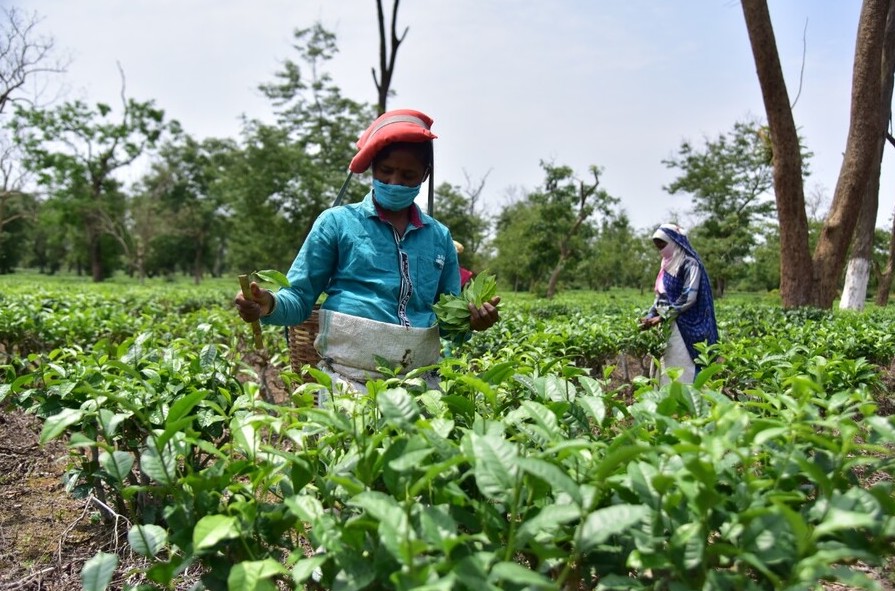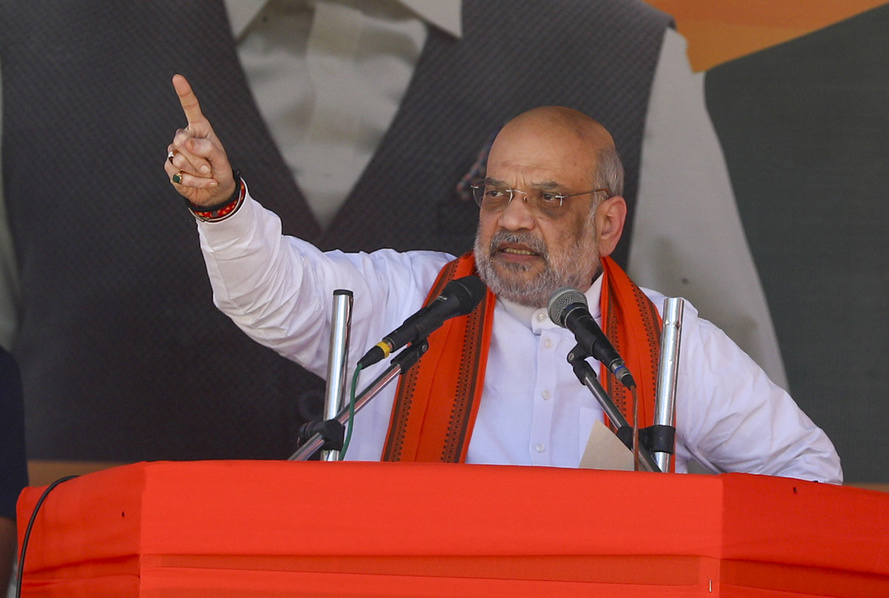GUWAHATI, Sept 16: Assam and West Bengal, central to the North Indian tea industry, are facing a critical situation due to adverse weather conditions. The region has been hit by excessive heat, a rain deficit in May, followed by an imbalance of excessive rainfall and insufficient sunshine. These conditions have severely affected tea production.
In a statement on Monday, Sandeep Singhania, president of the Tea Association of India (TAI), estimated that the combined crop loss for the two states could reach 60 million kilograms by June, compared to the previous year’s output.
“The North Indian tea industry is grappling with a significant production shortfall of 60 million kilograms by June of the current crop year compared to the same period last year, according to estimates from a tea body. Adverse weather conditions have heavily affected the tea harvest,” Singhania said.
Singhania said the loss of the first and second flush crops, which are known for producing the highest quality teas, is expected to have a considerable impact on producers’ revenue. This shortfall may also lead to an increase in tea prices, as the reduced supply could drive up costs for consumers.
Singhania said that tea estates in Assam and West Bengal are facing substantial production deficits. In May 2024, Assam’s tea estates are estimated to be about 20% behind compared to the same period last year, while West Bengal’s estates are lagging by approximately 40%.
“The data from the Tea Board of India shows a notable drop in production up to April 2024, with Assam experiencing an 8% decrease and West Bengal seeing a 13% reduction compared to the previous year. These figures reflect the severe impact of adverse weather conditions on tea production in these key regions,” he said.
The TAI also reported that data from the IMD revealed a significant rainfall deficit in major tea-growing districts. In West Bengal, rainfall was 50 to 80% below normal levels, while in Assam, the deficit ranged from 10 to 30% compared to the expected amounts for the period.
The TAI further explained that the southwest monsoon arrived a week earlier than usual in the tea-growing regions of Assam and West Bengal. During the first half of June, these areas experienced significantly higher than normal rainfall.
“The unprecedented weather conditions have had a severe impact on tea bushes, leading to considerable disruptions in the cropping pattern and resulting in lower production during the affected months. The adverse weather has compromised the health of the tea bushes, making them more vulnerable to pests and diseases,” Singhania said.
“Tea estates have reported significant infestations of pests such as Helopeltis, Looper Caterpillar, Green Fly, and Red Spider Mites. Additionally, diseases including Fusarium Dieback, Bacterial Blight, and Red Rust have spread widely across the gardens. These pest and disease issues have further exacerbated the challenges faced by the tea industry, contributing to the overall decline in production,” Singhania also said.
Singhania further reported that data from the UMD indicated an unusual increase in rainfall during the month. West Bengal received 15-66% more rain than usual, while Assam saw an increase of 3-20% compared to the average. “This excessive rainfall, combined with a lack of sunshine, has significantly hindered crop production in both states,” he said.
“The adverse weather conditions have particularly affected the first and second flush teas, which are known for their high quality and fetch the best prices each year. The lack of ideal growing conditions has therefore had a serious impact on the tea industry’s ability to produce and sell premium teas,” he added.




